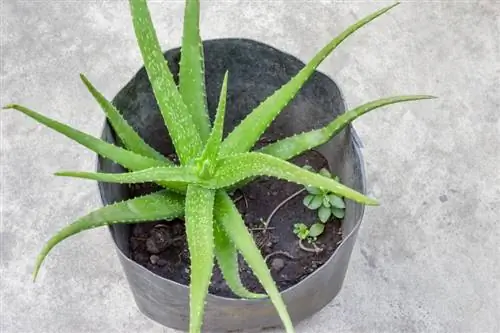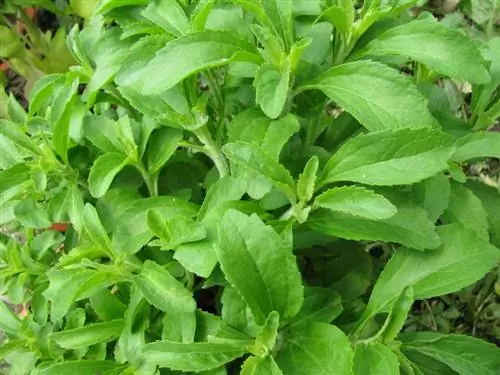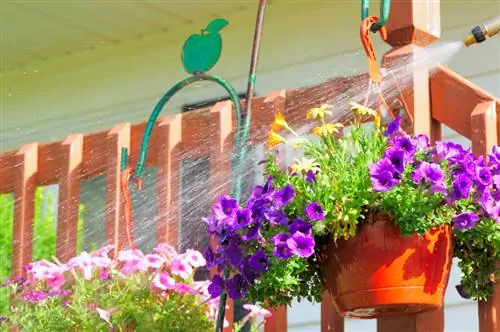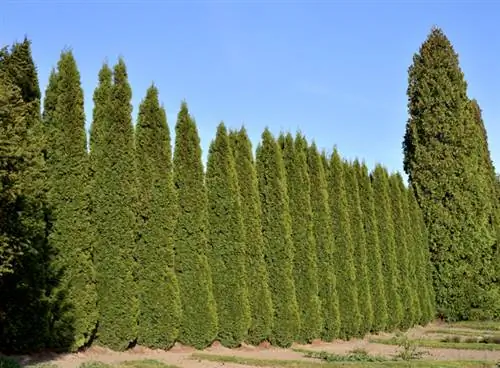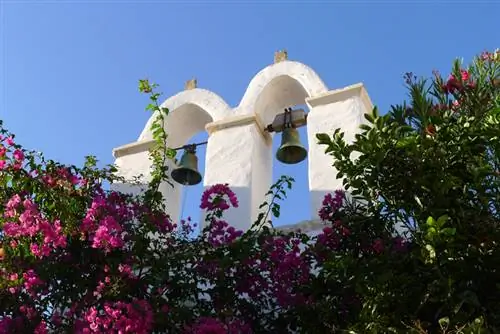- Author admin [email protected].
- Public 2023-12-16 16:46.
- Last modified 2025-01-23 11:20.
The heat-loving aloe vera does not tolerate frost and is therefore cultivated as a houseplant in Germany. For the cosmetics industry, the easy-care aloe vera is grown on large areas in many tropical and subtropical areas.

How to keep aloe vera as a houseplant?
To keep aloe vera you need a bright location without direct sun, permeable soil such as sandy soil, occasional watering and no fertilization. In summer it can be left outdoors, in winter it should hibernate at 10-15°C.
Aloe vera, which grows in nature, thrives best in a bright to full sun location with ambient temperatures of around 22° Celsius and occasional heavy rainfall. It is cultivated for commercial purposes in many tropical and subtropical regions of Africa, Central America, the Canary Islands and the Antilles.
The real aloeal houseplant is very popular again in Germany. The trend is not new. Our grandmothers already knew about its healing and cosmetic uses. The aloe can spend the summer in the garden or on the balcony. In winter, however, it has to return to the warmer environment, whereby overwintering at 10-15° Celsius has an optimal effect on flower formation. Otherwise, aloe vera is an extremely easy-care plant.
Bright location is important
Aloe vera grows in full sun in the countries of origin and cultivation. The plants turn brownish - especially after winter - and the tips dry out. This is a natural reaction to strong sunlight. In any case, you should slowly accustom your indoor aloe to the sun. If you want a green plant, the location should be as bright as possible, but not in direct sunlight.
Aloe requires well-drained soil
Aloe likes sandy soil because it drains water well. You should avoid moist, heavy soils as the plant cannot tolerate waterlogging:
- A mixture of houseplant soil (€12.00 on Amazon) and sand is best,
- you may be able to add some peat,
- It is important to have a good drainage layer on the bottom of the pot, which allows excess water to flow away.
You only water when the substrate in the pot has largely dried out. In summer you can water more often. During winter dormancy, watering should be reduced to a minimum.
Repotting instead of fertilizing
The real aloe needs practically no fertilizer. You will do your aloe vera some good if you repot the fast-growing plant every few years. Always take some fresh succulent soil. In this way you can help your aloe get off to a good start after the stressful “move”.
Tips & Tricks
Particularly large specimens of Aloe vera can be admired in the succulent houses of most botanical gardens in Germany.

